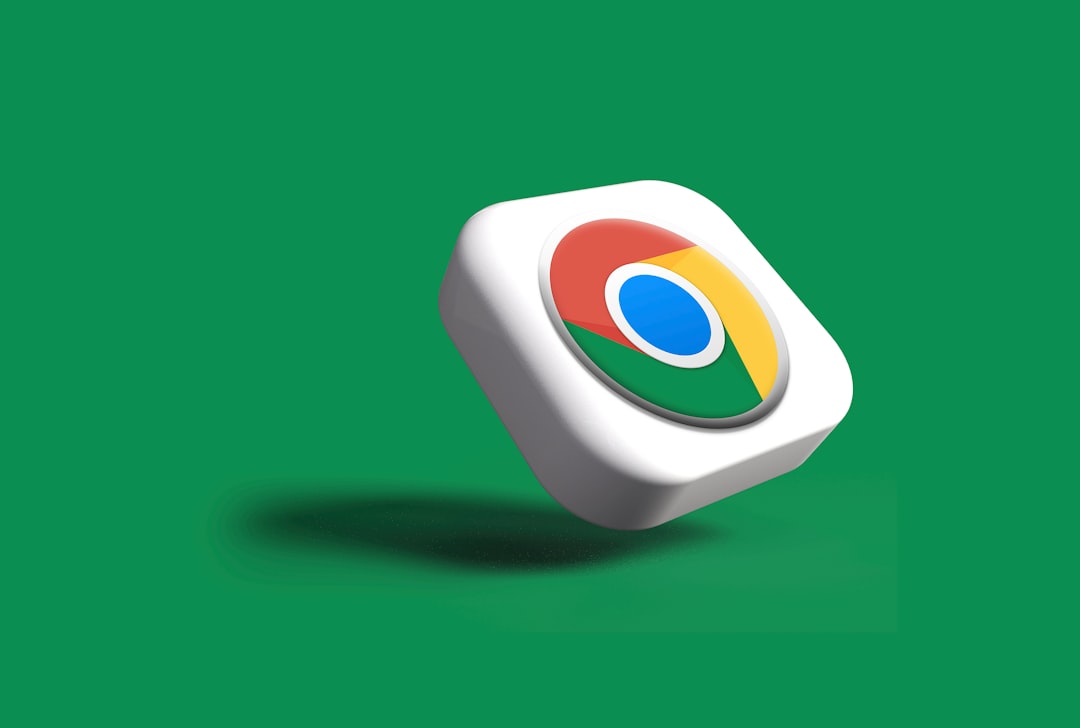Table of Contents
Many users enjoy the speed and simplicity of Google Chrome but find its persistent reminders to make it the default browser rather annoying. Whether you’re using another browser by choice or testing different ones, Chrome’s prompt can disrupt your workflow or simply become a nuisance. Fortunately, it’s possible to stop these notifications permanently with a few simple steps. This article will guide you through various methods for disabling Chrome’s default browser prompts across different platforms, including Windows, macOS, and Linux.
Why Chrome Asks to Be the Default Browser
When you install or update Google Chrome, it wants to serve as your default web browser to provide a consistent browsing experience. This includes handling links from emails, documents, and other applications. To ensure it’s the system’s primary browser, Chrome checks your system settings upon launch and frequently reminds you if it is not the default.
However, not all users want Chrome to take over as the default. They might be dedicated users of Firefox, Safari, Edge, or another browser, or they may prefer using specific browsers for different tasks. In these cases, the frequent prompt can become frustrating.
How to Stop Chrome From Asking to Be the Default Browser
Below are methods to help you stop Chrome from displaying those prompts, no matter your operating system:
1. Disable the Prompt from Chrome Settings
The easiest and most direct way to stop Chrome from requesting default browser status is through its settings interface:
- Open Google Chrome.
- Click on the three-dot menu located at the top right corner of the browser window.
- Choose Settings.
- Scroll down to the Default browser section.
- If Chrome is not currently set as the default browser, a message will appear prompting you to make it the default. You can ignore the request or click “Don’t ask again” (if this option appears).
Note that in some versions, especially older ones or enterprise-managed environments, the checkbox to avoid future prompts might be missing.

2. Use Windows System Settings
If you’re on Windows, ensuring another browser is set as default can help Chrome stop asking:
- Go to Settings (press Windows key + I).
- Select Apps and then click on Default apps.
- Scroll down to the Web browser section.
- Select another browser (like Firefox or Edge) instead of Chrome.
Doing this confirms your system’s browser choice and leaves Chrome in the background, minimizing the prompts.
3. Modify Chrome Shortcut (Advanced Users)
For users who launch Chrome via a shortcut, it’s possible to disable the default browser prompt by modifying the shortcut properties:
- Right-click on the Chrome shortcut and choose Properties.
- In the Target field, add the following switch to the end:
--no-default-browser-check
- Click Apply and then OK.
This tells Chrome not to check whether it is the default browser when it starts. It’s a helpful trick for users who regularly use different browsers.
4. Apply Group Policy Settings (For IT Professionals)
In corporate or managed environments, IT administrators can use Group Policy to disable Chrome’s default browser checks:
- Download the administrative templates for Chrome.
- Import templates into your Group Policy Editor.
- Navigate to:
- Computer Configuration → Administrative Templates → Google → Google Chrome
- Find the setting called “Set Chrome as default browser” and set it to Disabled.

This method ensures that users in your environment won’t be prompted repeatedly.
5. Tweak the macOS Launch Settings
If you’re using a Mac, Chrome won’t ask to be the default if the system settings are clear. To change or confirm your default browser in macOS:
- Click on the Apple menu and go to System Settings.
- Choose Desktop & Dock or General (depending on your macOS version).
- Scroll to the Default web browser section.
- Select your preferred browser and ensure it is not Chrome.
macOS generally respects this setting, and Chrome should stop prompting.
6. Remove Chrome from Startup Apps (Optional)
For users who accidentally start Chrome upon login and are greeted by the prompt immediately, removing Chrome from startup apps can help:
- Windows: Open Task Manager > Startup tab, right-click Chrome, and select Disable.
- macOS: Go to System Settings > Users & Groups, select your profile, and remove Chrome under Login Items.
This reduces Chrome’s chance to interrupt during boot time with a request.
Benefits of Turning Off Chrome’s Default Browser Prompt
Disabling Chrome’s default browser prompt can lead to:
- Improved productivity: No more interruptions while focusing on your tasks.
- Less system load: No background checks or processes related to browser status.
- Smoother multi-browser usage: You can easily switch between browsers without constant reminders.
Final Thoughts
Google Chrome remains a top choice for many, but the ongoing prompts to make it the default browser can become tiresome. Whether you’re a regular user or IT administrator, following the steps above can help remove these intrusive messages and allow you to work with the browser of your choice seamlessly. With a variety of solutions depending on the platform and user control level, it’s never been easier to silence Chrome’s constant requests.
Frequently Asked Questions
- Can I stop Chrome from asking without setting another default?
- No. If you leave Chrome and all other browsers unset, Chrome will continue to ask. It’s best to confirm another browser as your default.
- What happens if I use the –no-default-browser-check command?
- It tells Chrome not to verify its default status on launch. It’s effective but only applies to that specific shortcut or launch method.
- Will disabling the prompt remove any Chrome features?
- Not at all. All features and functionality will remain intact. Only the prompt to switch defaults is affected.
- Does this setting sync across devices?
- No. Chrome’s prompt settings are tied to individual machines. You’ll need to repeat the process on each device you use.
- Can enterprise organizations disable this prompt for all users?
- Yes. Using Group Policy settings or enterprise configuration files, IT admins can remove the default browser request for all managed machines.

